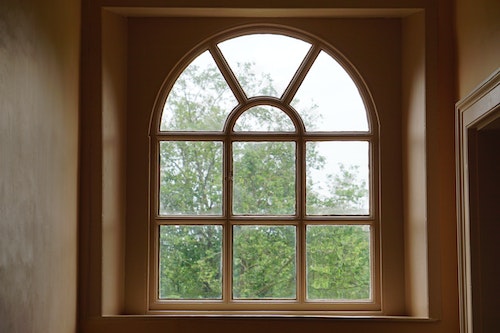
Adding window film or special energy-efficient glass is an excellent way to reduce your monthly utility bill and regulate your home temperature. Both ultraviolet and infrared light may have a big impact on your energy bill, but with low emissivity, or low-E upgrades, you can enjoy notable energy savings.
Here is a basic guide to increasing your energy efficiency with low-E options:
Low-E window films decrease the amount of UV and infrared rays that pass through your windows. This film regulates the light and temperature of a space while still allowing natural light to shine through.
Low-E glass can save you money. As it reduces UV rays entering the home, it also starts reducing your energy bill. Low-E film is a cheaper alternative, which can be a great project for DIY lovers. Low-E film will add an extra layer of protection in addition to what newer windows already provide.
If you live in a colder climate, the solar heat gain coefficient (SHGC) of your glass or film should be higher. SHGC is the amount of solar radiation that can permeate through a window.
Installing low-E film or windows allows you and your household to enjoy outside light without extra UV rays. Not only will they regulate the heat of your space, they’ll help you save energy.

Welcome to Your Dream Home Journey 🏡💖
Hello, I’m Lauren – your guide on the journey to finding a place, you can call home. I believe every family deserves a warm, welcoming space, no matter your budget or location needs. With a heart full of passion and understanding, I'm here to facilitate your dreams and help you discover that perfect haven where memories are made.
Your Guiding Star 🌟
From the first consultation to the moment you step into your new home, I am here to support you with care and understanding. My commitment is to walk alongside you through every challenge and celebrate every success.
Let’s Create Cherished Memories ❤️
Imagine a space filled with love, comfort, and the promise of a bright future. I am here to help you create that space, turning your home-buying journey into a beautiful, memorable experience. Let's work together and you will find home is where the heart is.
#HomeSweetHome #FamilyFirst #DreamHome #CaringRealEstate #BoutiqueHomes #HillmanHomes #YourHomeMatchmaker
.